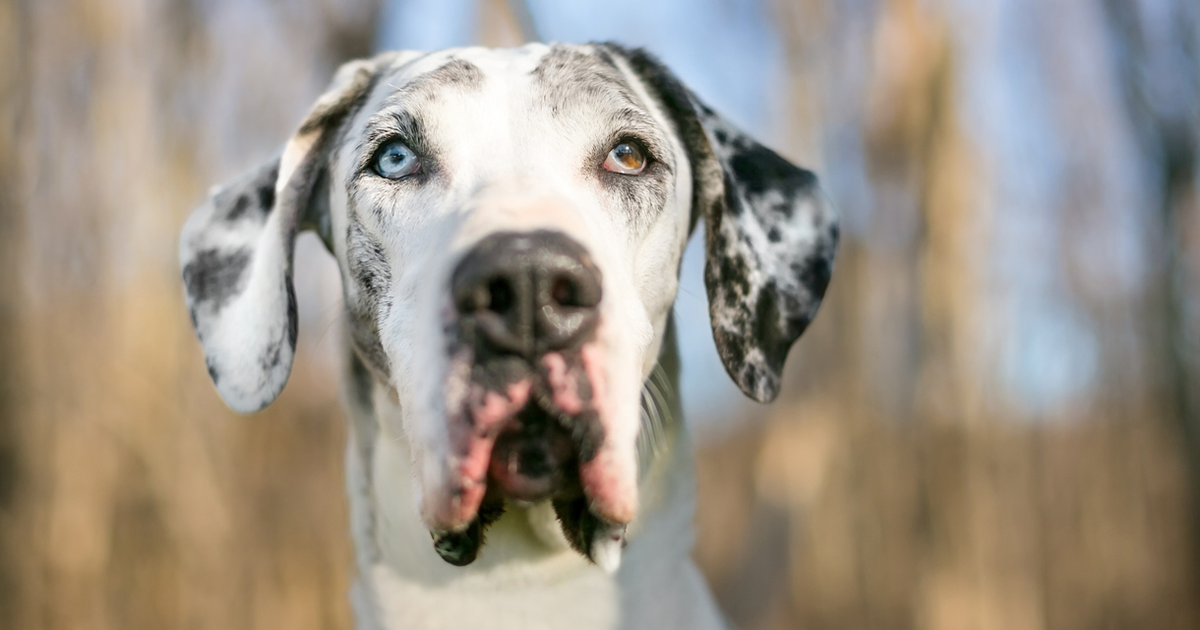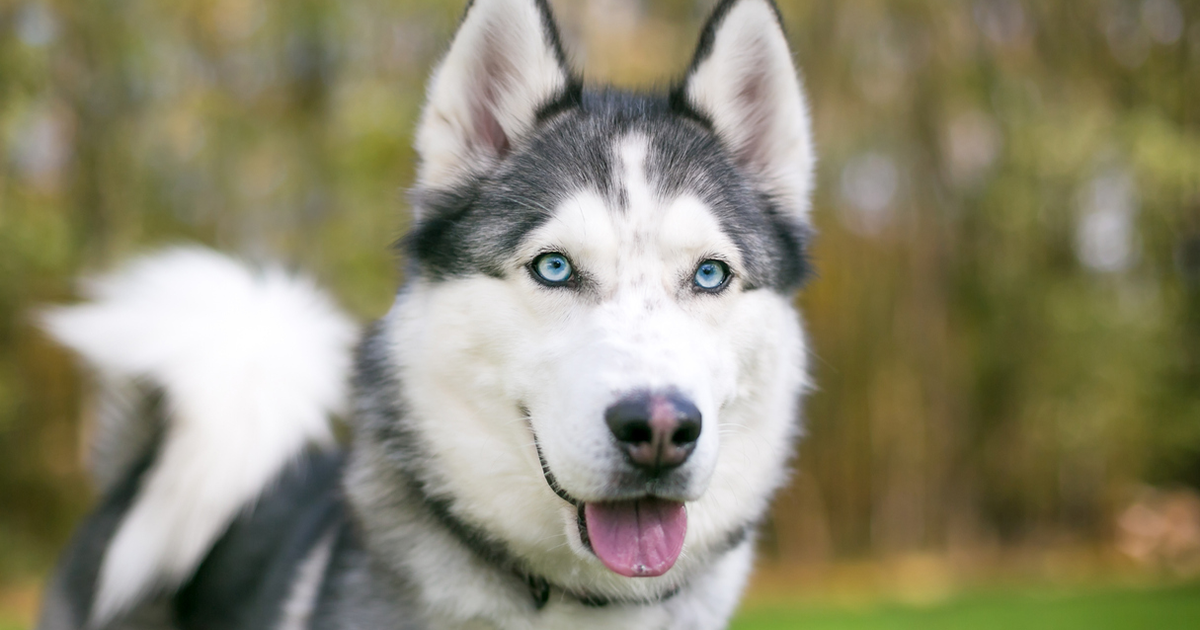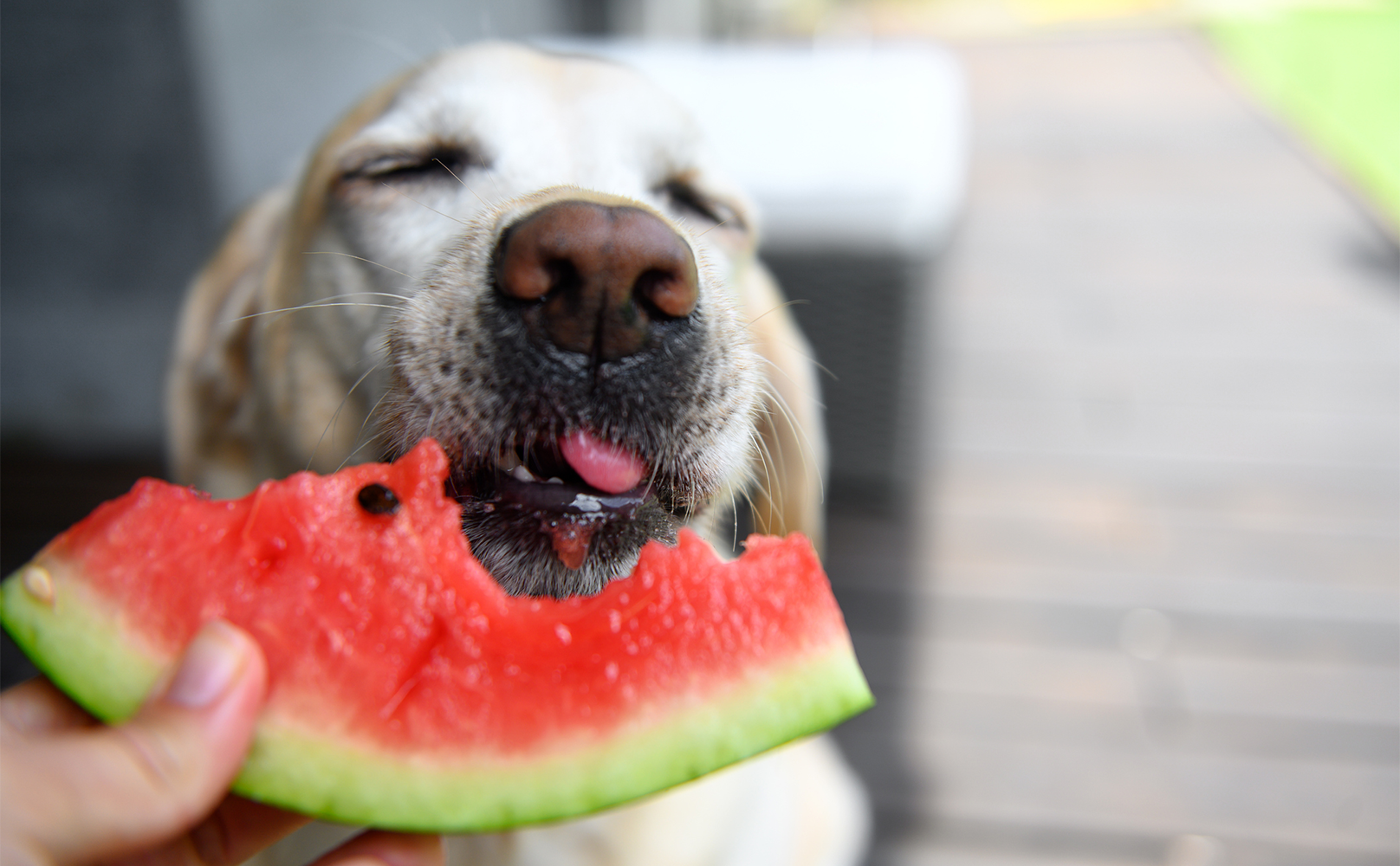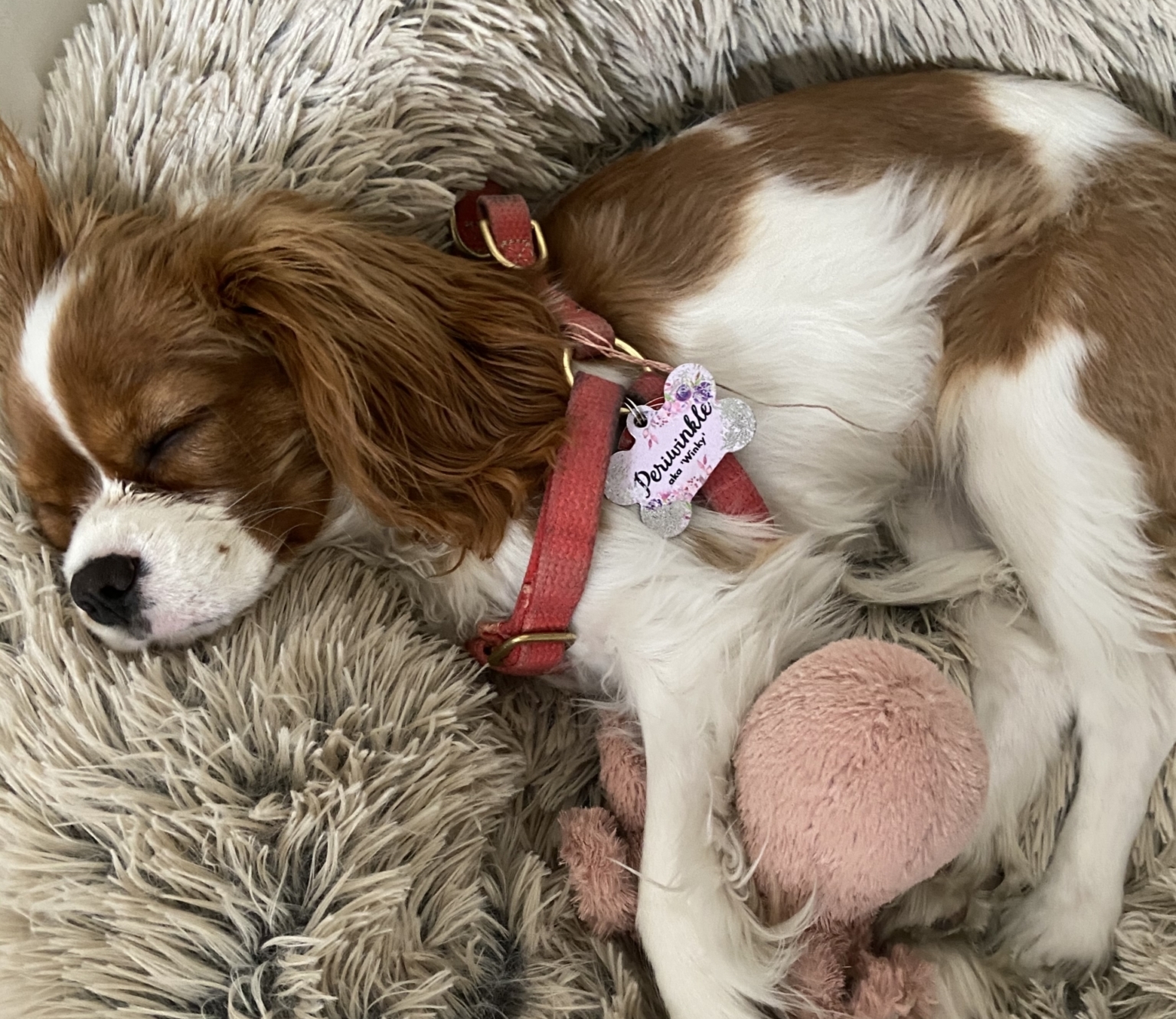

As the parent of a six month old puppy, I am always on the lookout for the best information on diet, training, growth milestones, and dental health. Since nearly 70% of pet parents don’t have a regular oral care routine for their dog (myself included, yelp!), I sought out someone with over four decades of experience to guide me (and hopefully the rest of us dental hygiene slackers) on everything we need to know to take care of our canines’ canines.
Dr. Jan Bellows is a board-certified dental veterinarian who has won multiple awards for his work, including the Florida Veterinary Medical Association Gold Star Award. His pedigree includes training at the University of Florida, Auburn University, and the prestigious Animal Medical Center in New York. He’s been working with dogs and cats his entire career, so I trusted him with all my questions about dental care, from the preventative to the surgical.
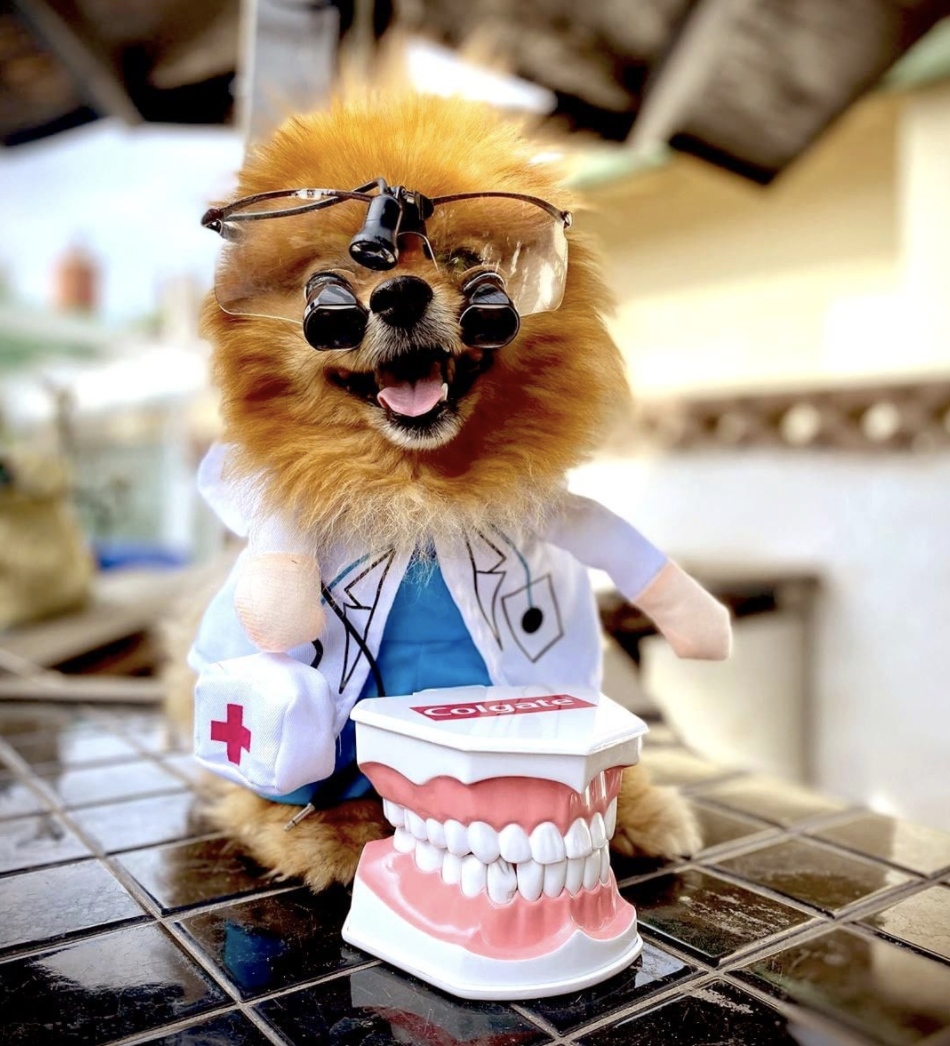

What To Expect:
First things first: Dogs can’t brush their own teeth. If they could, Dr. Bellows might have way less work than he does. Since they can’t, that makes it your responsibility to help them! Dr. Bellows practices a methodology called “Fear Free Dentistry,” which means his first priority is the safety and comfort of the animal in a low fear, anxiety, and stress setting. When you’re looking for a veterinary dentist—be it for a routine exam or a more in-depth intervention—make sure both you and your dog feel as comfortable as possible with the environment and people providing care.
Dental exams and cleanings are actually very similar to human ones. The one difference is that, to properly clean a dog’s teeth above and below the gum line, they must be given anesthesia. The safety measures taken in this process are very important, so don’t hesitate to ask your veterinarian who is inducing, maintaining, and monitoring anesthesia during the procedure. Do your research before walking (and wagging) into the room.
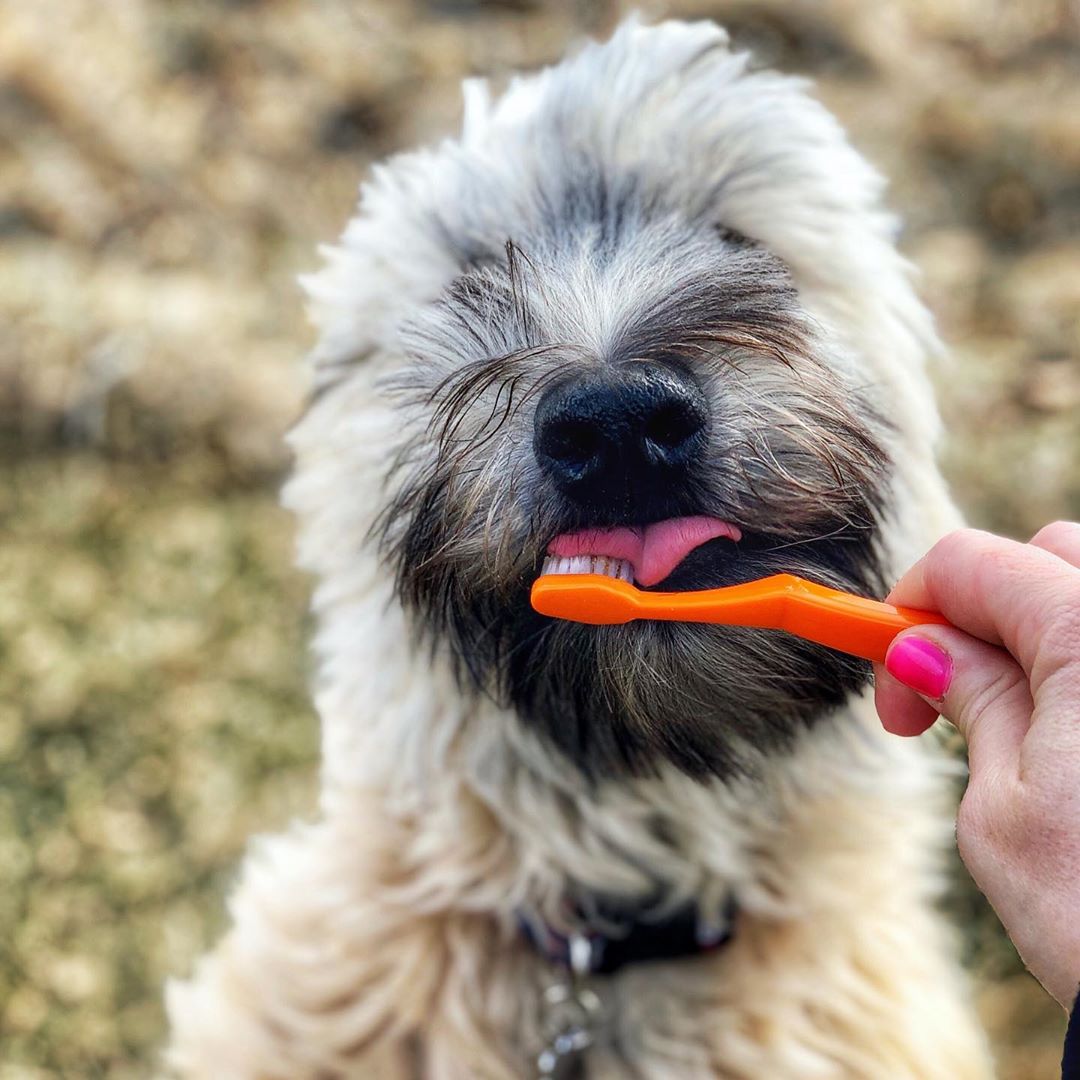

Where To Start:
Nearly 80% of dogs develop periodontal disease by the age of three. According to Dr. Bellows, prevention is key, and safer and easier than a professional cleaning! Your vet will want to know whether you’ve regularly brushed your dog’s teeth, and what chews or toys they’ve been given to best evaluate their condition. Don’t feel ashamed, less than 2% of dog parents have ever attempted to brush.
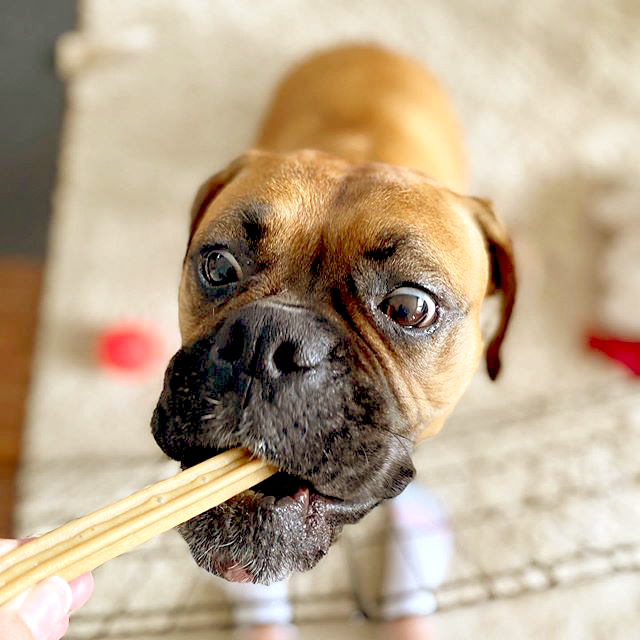

If your dog has any of the following symptoms, it’s probably time to schedule a visit with your veterinary dentist:
- Bad breath
- Broken or loose teeth
- Extra permanent or retained baby teeth
- Teeth that are discolored or covered in tartar
- Abnormal chewing, drooling, or dropping food from the mouth
- Reduced appetite or refusal to eat
- Pain in or around the mouth
- Bleeding from the mouth
- Swelling in areas surrounding the mouth
The vet visit has multiple components: a cleaning and polishing, mouth radiographs (a fancy word for X-rays), the exam, and, if necessary, any additional extractions or surgery. Expect that more than a teeth cleaning and polishing needs to be done, because there are usually periodontal pockets that need to be eliminated to decrease bad breath.
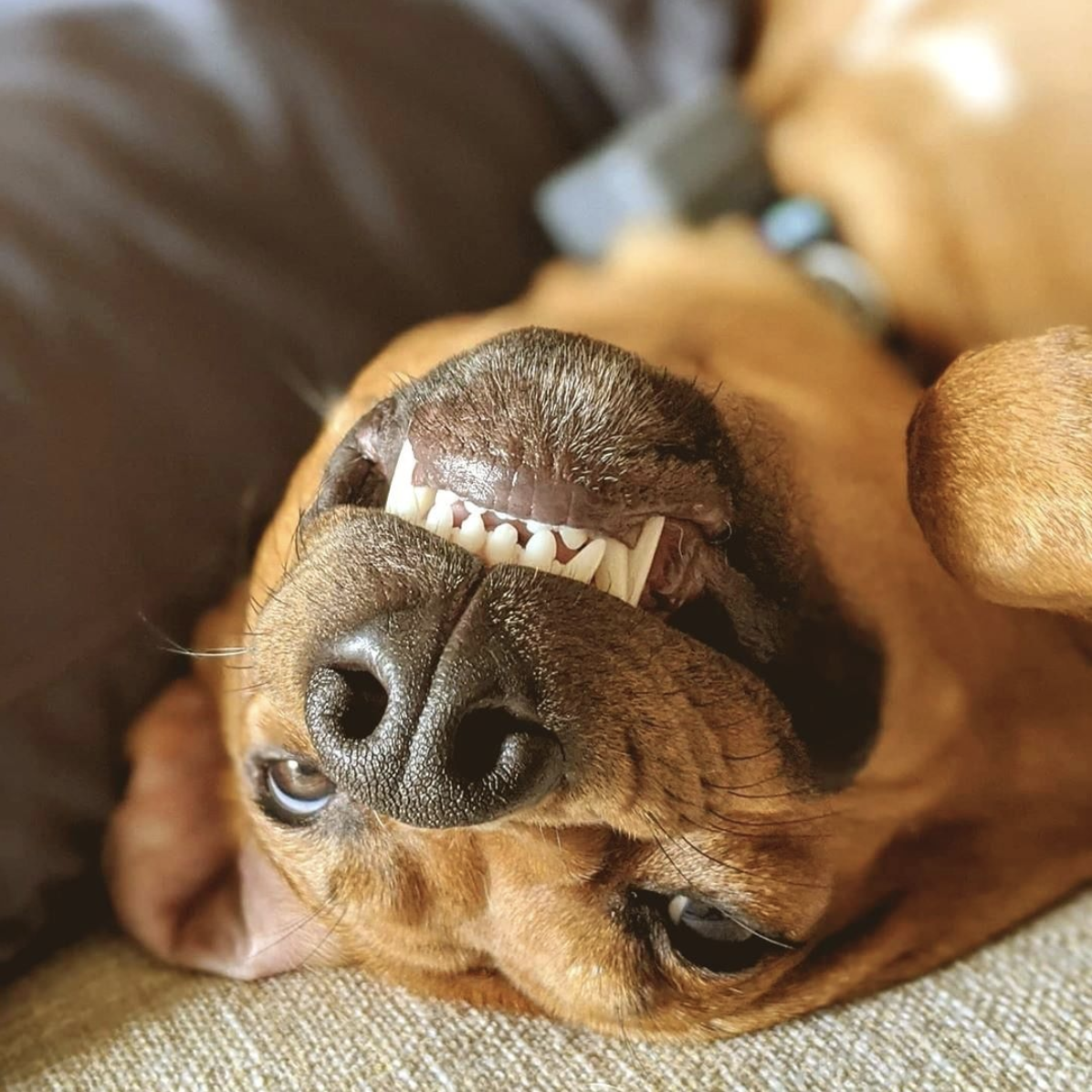

What Are The Risks?
If you consider that dental issues left untreated can cause inflammation, infection, pain, and even organ problems, the risk of regular dental cleanings combined with preventative treatment is minimal.
That said, every dog must be administered anesthesia in order to complete a proper dental cleaning. It’s practical (they can be pretty wiggly, as you might know from brushing their teeth regularly!), but also ensures the veterinarian has the best access to their teeth for a thorough exam, including full-mouth X-rays at least yearly.
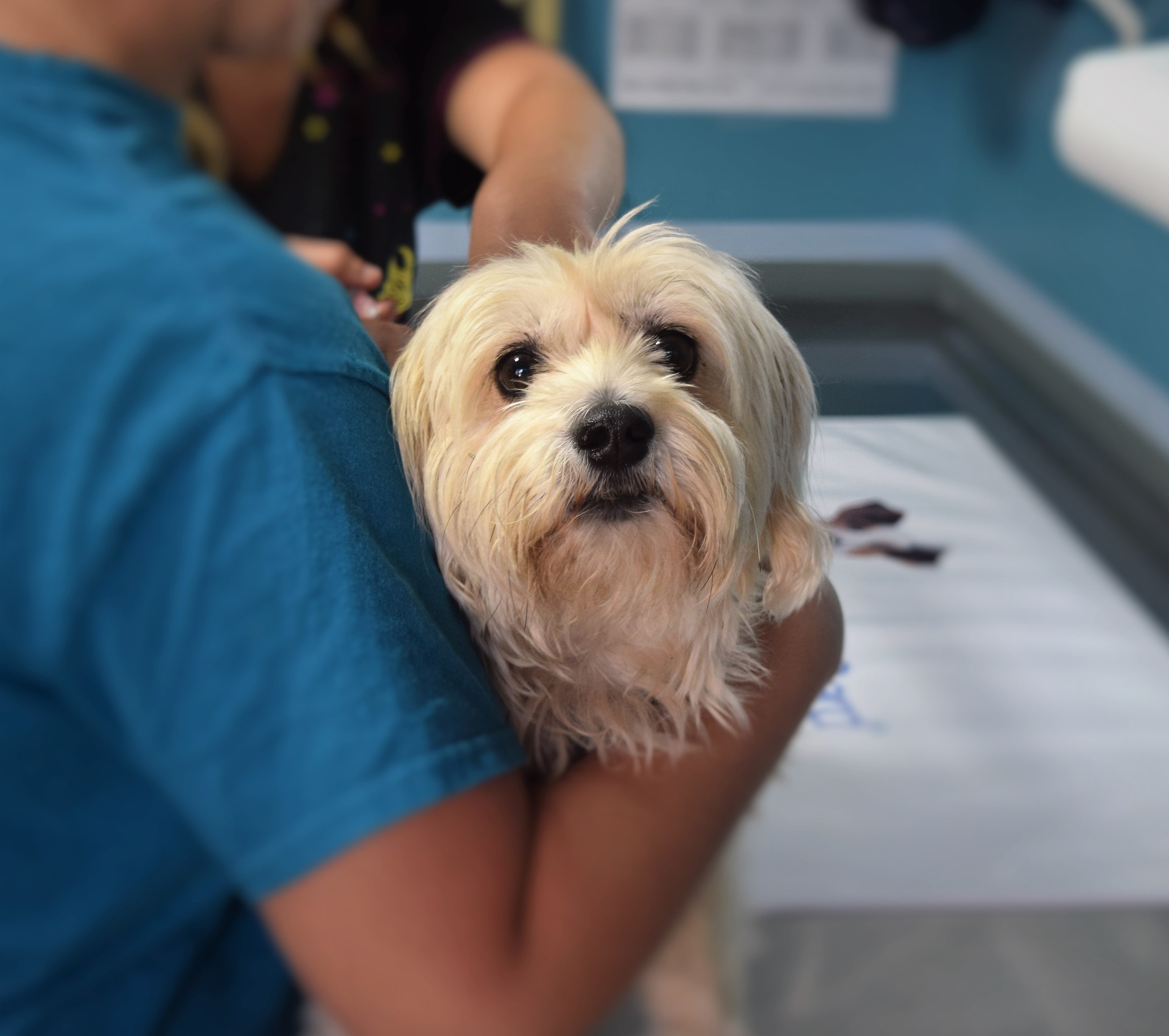

What You Need To Know About Anesthesia:
Dr. Bellows knows dog parents are nervous about putting their four-legged family under anesthesia, but with proper monitoring, it is quite safe. In his practice, Dr. Bellows and his staff make sure four key elements are monitored consistently throughout the procedure. Those are:
- Circulation: Things like blood flow and blood pressure
- Oxygenation: Measured via a pulse oximeter
- Ventilation: Making sure your dog breathes comfortably and regularly
- Temperature: Like Goldilocks and her porridge, it should stay not too cold and not too hot, but just right
Ideally, at least every five minutes, a dental assistant will give a summary of your dog’s “stats” to the veterinarian performing the procedure. You should feel comfortable asking your veterinarian about the monitors and equipment they plan to use for the procedure, as Dr. Bellows says equipment made for animals is far more effective than monitoring devices that could be used on humans.
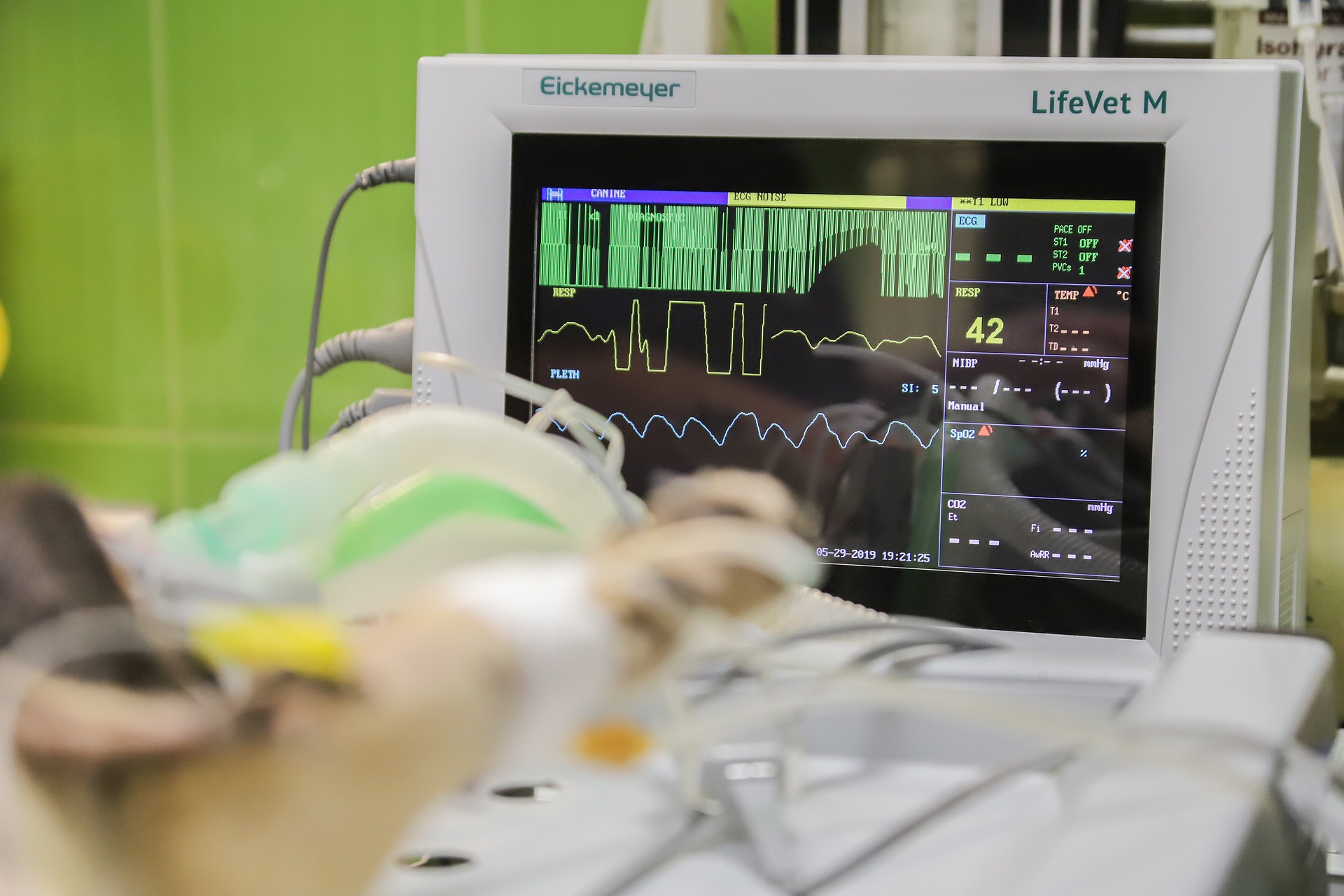

What Are The Costs?
Fees are related to actual costs. Every vet charges something different depending on where they’re located and the conditions of their practice. The cost can range from anywhere between a few hundred to a few thousand dollars—if additional procedures or surgery are required, expect additional costs.
Why Is It Important?
Because our pets are our family, duh! But seriously: dental care connects to so many other bodily functions. Inflammation, organ changes, pain can all be prevented with regular teeth-cleaning and visits to the veterinarian. Just because our dogs can’t speak, doesn’t mean we shouldn’t protect their teeth.


Want to take the first step towards better oral health for your dog? Try BARK Bright: a two-step cleaning system that freshens breath, prevents plaque buildup, and protects gums and teeth against periodontal disease. Bright tastes delicious (thanks to real chicken; no flavorings or additives!) and uses powerful enzymes that tackle all of oral health’s hygiene enemies. If you have any specific dental questions, please feel free to email Dr. Bellows at [email protected].



